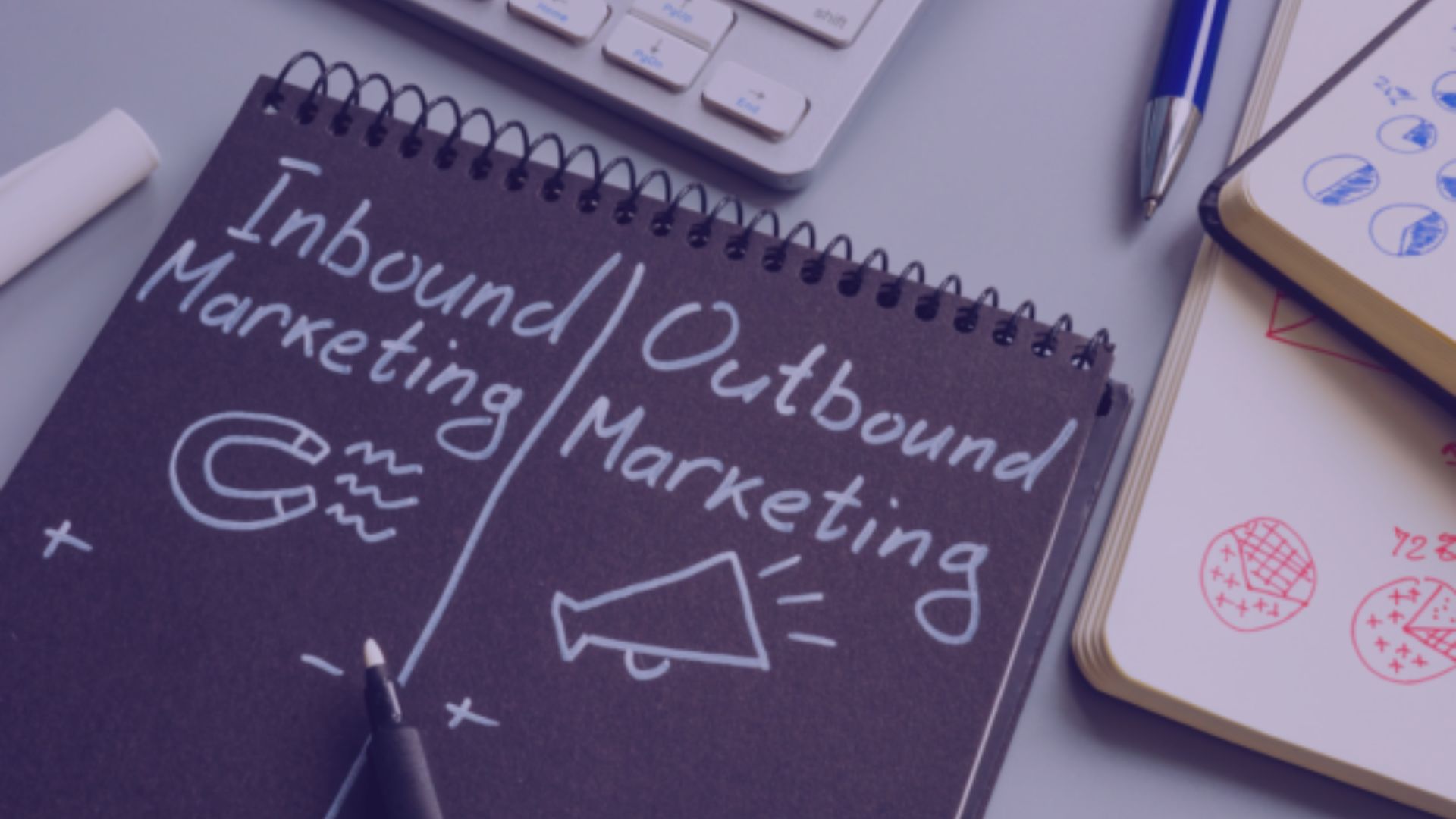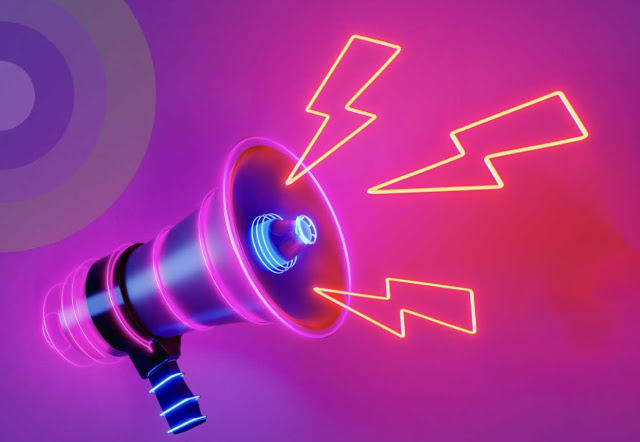In today’s digital age, consumers are more empowered than ever before. Armed with the internet, they conduct extensive research, compare products and services, and often make purchasing decisions independently, all before interacting with a sales representative. So, how can businesses effectively capture consumer attention and secure their business in an increasingly competitive and saturated marketplace? The solution lies in inbound marketing.
Inbound marketing is all about providing value to your audience by offering helpful, relevant content that addresses their needs and interests. Instead of pushing your products or services, you pull potential customers toward you by positioning your brand as a trusted resource.
This approach not only builds trust and authority but also guides your audience through the buyer’s journey in a way that feels organic and natural.
In this guide, we’ll break down the fundamentals of inbound marketing, explore how it works, and share actionable steps you can take to succeed with this powerful methodology. Ready to turn your marketing efforts into customer magnets? Let’s get started.
What is Inbound Marketing?
Inbound marketing is a customer-centric approach that focuses on attracting potential customers to your business by providing valuable content and experiences tailored to them.
Unlike traditional marketing, which often interrupts potential customers with ads or sales pitches, inbound marketing draws people in by solving their problems or addressing their needs. Inbound marketing seeks to build trust and relationships over time, guiding prospects through a journey from awareness to loyalty.
Inbound Marketing Channels
The most common inbound marketing channels and initiatives include:
- Content Marketing: Developing blogs, videos, podcasts, and other types of content that provide valuable information to consumers.
- Search Engine Optimization (SEO): Optimizing your content to appear in search engine results.
- Social Media: Engaging with your audience on platforms like Instagram, LinkedIn, and Facebook.
- Email Marketing: Nurturing leads through personalized email communication.
- Webinars and Events: Offering in-depth, interactive experiences.
All of these channels work together to attract visitors, convert them into leads, and eventually turn them into loyal customers.

The Inbound Marketing Funnel (Or Flywheel)
The inbound marketing model is often represented as either a funnel or a flywheel. While the funnel focuses on the linear stages of a customer’s journey—awareness, consideration, and decision—the flywheel emphasizes the ongoing nature of customer relationships.
The flywheel focuses on attracting, engaging, and delighting customers, creating a cycle where happy customers drive more growth through word of mouth and loyalty.

Stages of the Inbound Methodology
There are three key stages in the inbound methodology: Attract, Engage, and Delight.
- Attract: In this stage, the goal is to draw people to your business by offering valuable content that addresses their pain points. This could include blog posts, social media content, or helpful guides. SEO plays a big role in ensuring that this content reaches the right audience when they search for solutions.
- Engage: Once you’ve attracted visitors, it’s time to engage them with content that helps them make an informed decision. This could include webinars, product demos, or personalized emails. The key here is to nurture leads by offering the information they need at each step of their buyer’s journey.
- Delight: After converting a lead into a customer, the relationship doesn’t end. Delight your customers with excellent support, follow-up content, and ways to engage them further. This could include loyalty programs, exclusive offers, or simply providing great customer service. Happy customers become promoters of your business, feeding back into the attract phase.
Inbound Marketing Content Types
Content is the fuel that powers inbound marketing. Some popular inbound content types include:
- Blog posts
- E-books and downloadable whitepapers
- Case studies
- Webinars and videos
- Social media posts
- Email newsletters
Each of these content types serves a purpose in moving prospects through the stages of the inbound methodology.
Why Inbound?
Inbound marketing operates on the philosophy that customers don’t want to be interrupted—they want to be empowered to make their own decisions based on helpful, relevant content. Inbound marketing aligns your business with the needs of your audience, building trust over time and offering solutions that make them come to you when they’re ready to purchase.
What Are The Benefits of Inbound Marketing?
- Cost-Effective: Inbound marketing is more cost-effective than outbound methods, such as TV or print ads, as it focuses on organic reach and content that can live on for years.
- Higher Quality Leads: Since inbound marketing is focused on attracting people already looking for solutions, the leads generated are often of higher quality and more likely to convert.
- Builds Trust: Inbound marketing nurtures relationships over time, fostering trust and loyalty.
- Sustainable Growth: The inbound flywheel model encourages long-term growth, as satisfied customers continue to fuel business growth through recommendations and repeat purchases.

Inbound vs Outbound Marketing
Outbound and inbound marketing are two distinct approaches to reaching potential customers, each with its own strategies, methods, and goals.
Outbound marketing utilizes a variety of traditional methods to PUSH OUT your message via channels like direct mail, billboards, print and TV advertising. Costs are typically higher to maintain consistent outbound (or traditional) marketing programs, as the production and media placement fees can be significant.
Inbound marketing PULLS IN customers and focuses on getting found by potential customers or clients. Today’s savvy marketer knows that new clients are earned through relationship-building and forges these connections through interacting on social media as well as high-quality content marketing like blogging, podcasts and targeted email marketing.
While traditional outbound methods have not completely gone the way of the dinosaur, companies who historically based their outreach on outbound marketing have had to adapt to include more modern applications to generate sales leads.
A well-conceived strategy that includes both inbound and outbound approaches, and schedules initiatives to specifically complement one another, will be most effective and bring in a lower CPI over time.

Applying an Inbound Approach to your Digital Marketing Strategy
Inbound marketing doesn’t just focus on one platform or channel. It’s an integrated strategy that uses multiple digital marketing tools to attract, engage, and delight your audience. Here’s how you can apply inbound marketing to three key channels: SEO, social media, and email.
SEO Inbound Marketing Strategy
Search engine optimization (SEO) is a cornerstone of inbound marketing. With SEO, you optimize your website and content to appear in search engine results when users are actively looking for solutions related to your products or services.
- Conducting keyword research to understand what your target audience is searching for.
- Creating high-quality, informative content that answers common questions and solves problems.
- Building a strong backlink profile to increase your site’s authority.
Social Media Inbound Marketing Strategy
Social media is another essential channel for inbound marketing. It allows you to engage with your audience where they spend a lot of time, offering valuable content and nurturing relationships.
Rather than using social media to sell directly, inbound marketing on social media focuses on building trust and providing value, so followers naturally become customers over time.
- Share educational content, tips, and resources that align with your audience’s interests.
- Interact with your followers through comments, direct messages, and interactive content like polls or Q&A sessions.
- Build community by encouraging user-generated content and sharing customer success stories.
Email Inbound Marketing Strategy
With an inbound approach, email becomes less about sales pitches and more about delivering personalized, helpful content that keeps your audience engaged. When done right, email marketing helps guide prospects through their journey and keeps customers coming back for more.
- Creating segmented email lists based on customer behavior, preferences, or stage in the buyer’s journey.
- Sending personalized content, such as product recommendations, blog articles, or offers tailored to each recipient.
- Using automation to send relevant emails at the right time, like follow-up sequences or post-purchase engagement.
How Much Does Inbound Marketing Cost?
The cost of inbound marketing can vary widely depending on the size of your business, your goals, and the level of effort required to create content and manage campaigns.
However, inbound marketing is typically more cost-effective than traditional outbound methods, such as print advertising or cold calling, because it focuses on attracting leads already interested in what you offer. Over time, the content you create continues to generate value, reducing customer acquisition costs.

Final Thoughts
With so many of our collective waking hours spent online and on our mobile devices, inbound marketing is incredibly relevant and critically important. Determining how to dovetail this with a sound outbound marketing program today is also key. Book a free consultation to discuss how you can more effectively generate leads through inbound marketing!



